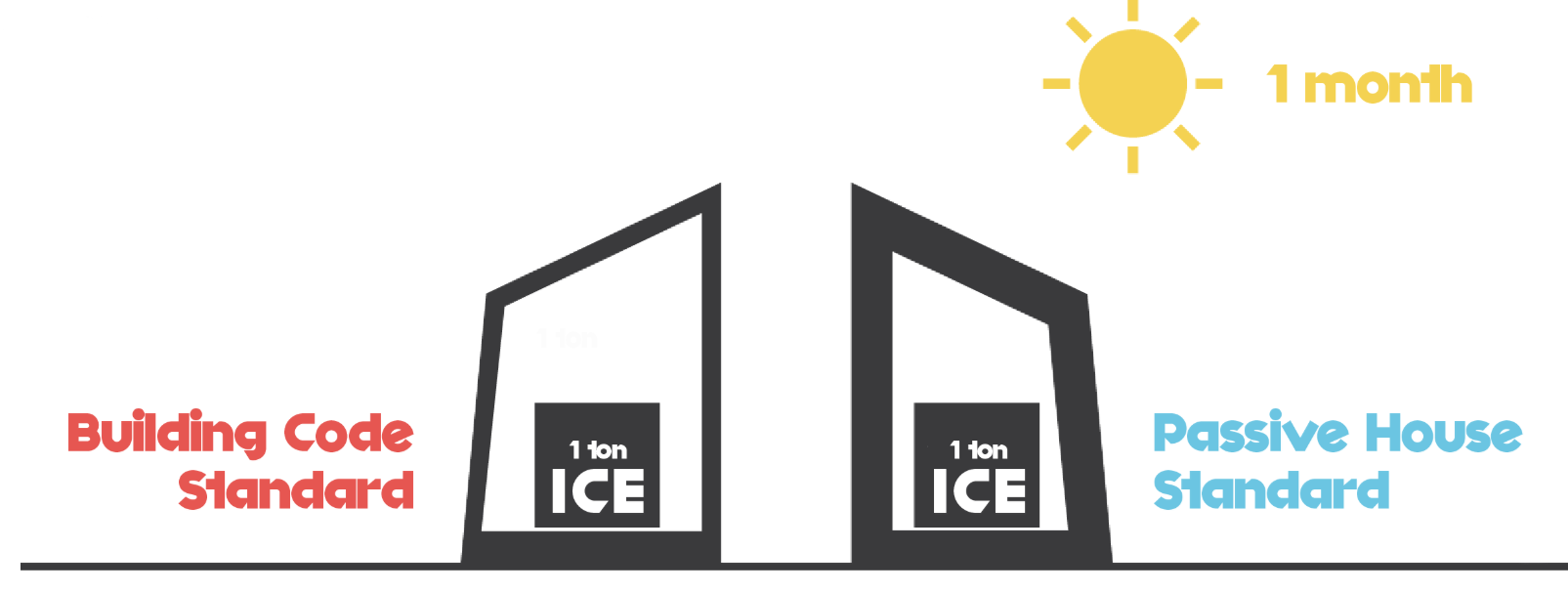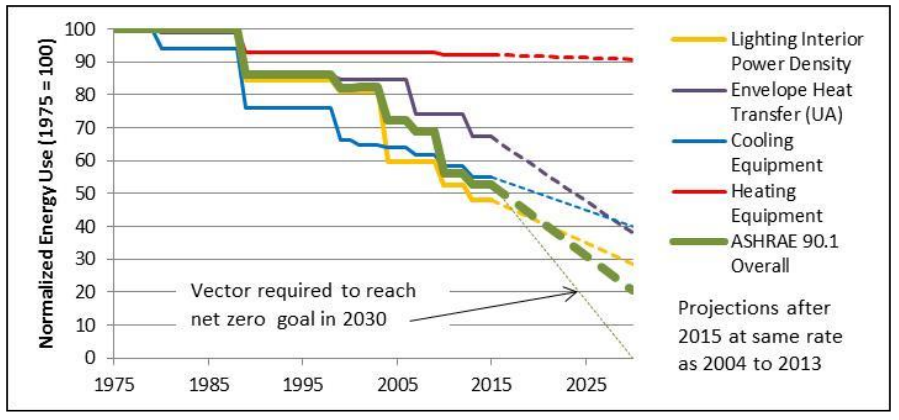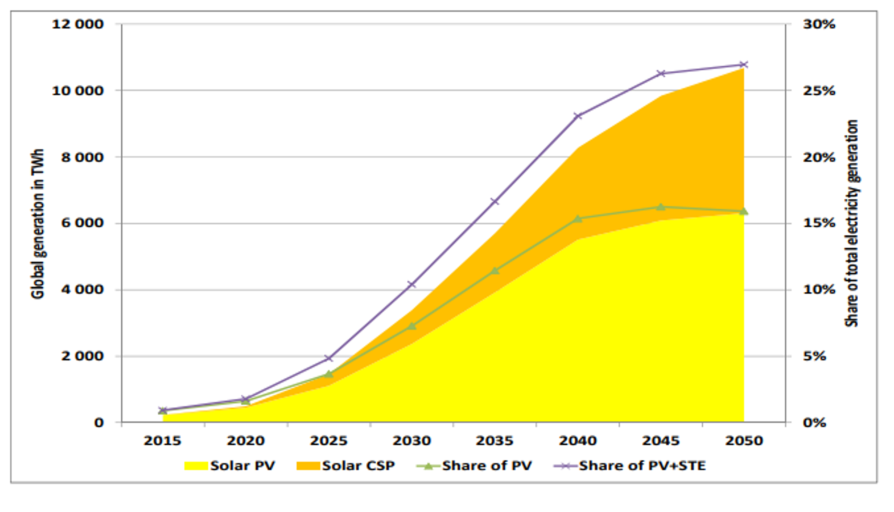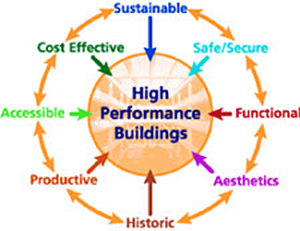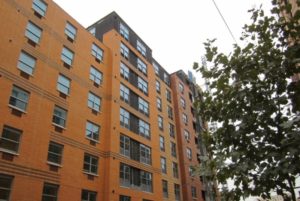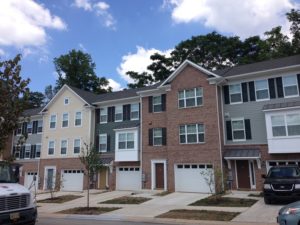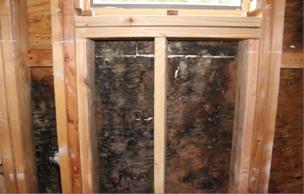Industry Trends
Over the past decade, the story of solar photovoltaic (PV) power has been one of both accelerating deployment and consistent, significant reductions in cost. This success has been driven by increasingly advantageous economies of scale, and supported by incentives and initiatives at all levels of government.
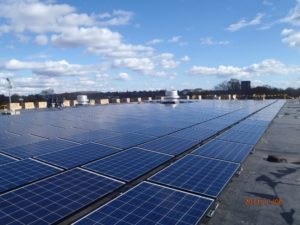
Figure 1. Solar PV systems have seen a dramatic reduction in cost
In late 2015, the federal Investment Tax Credit [3], a primary financial incentive for solar PV systems, was extended at its current rate of 30% through 2019, despite a contentious environment in Washington. It is scheduled to be stepped down through 2022, after which the commercial credit will expire and the residential credit [7] will remain at 10% indefinitely.
The National Renewable Energy Laboratory’s annual solar benchmarking report [4] shows that over the past seven years, PV system costs have dropped 58.5% in the residential sector, 59.3% in the commercial sector, and 68.2% in the utility-scale sector. As a clear sign of the times, utility-scale solar achieved the U.S. Department of Energy (DOE) SunShot Initiative’s goal of $1.00/W early this year, three years ahead of schedule [9]. According to the U.S. Energy Information Agency (EIA) [8], these trends should continue, leading to solar power’s increasing presence as a key component of the national electrical generation mix. The EIA projects solar to be the fastest growing form of renewable energy, increasing by 44% by the end of 2018 for a total deployed capacity of 31 GW and accounting for 1.4% of utility-scale electricity generation.
(more…)
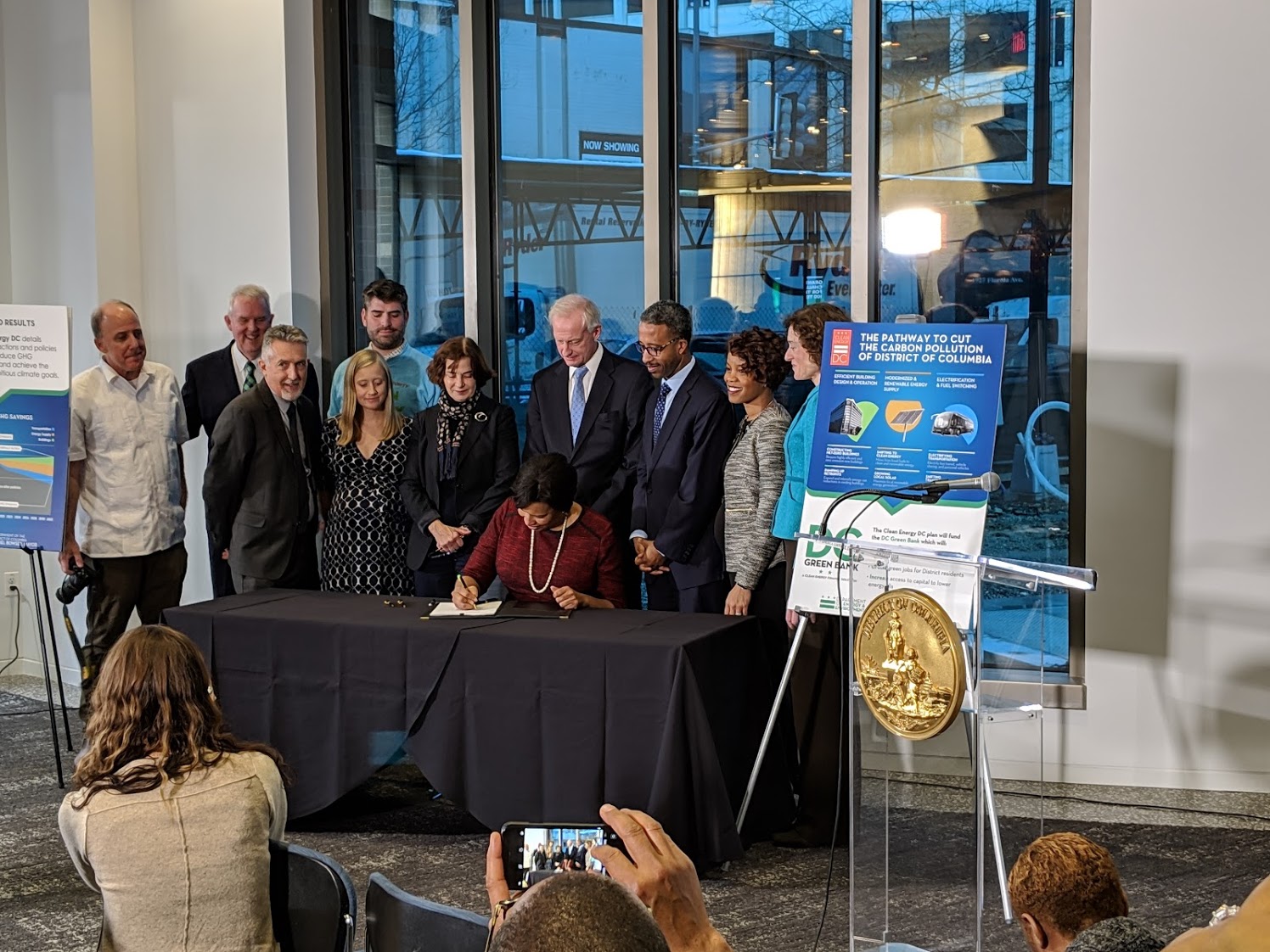 District of Columbia Mayor, Muriel Bowser, signed a landmark piece of legislation known as the Clean Energy DC Omnibus Amendment Act this past Friday. With the mayor’s signing, Washington, DC becomes one of the first jurisdictions in the country with a binding, comprehensive law aimed at reducing greenhouse gas emissions. “It allows us to make significant improvements to the energy efficiency of existing buildings in the District,” Mayor Bowser said at the signing ceremony.
District of Columbia Mayor, Muriel Bowser, signed a landmark piece of legislation known as the Clean Energy DC Omnibus Amendment Act this past Friday. With the mayor’s signing, Washington, DC becomes one of the first jurisdictions in the country with a binding, comprehensive law aimed at reducing greenhouse gas emissions. “It allows us to make significant improvements to the energy efficiency of existing buildings in the District,” Mayor Bowser said at the signing ceremony.
